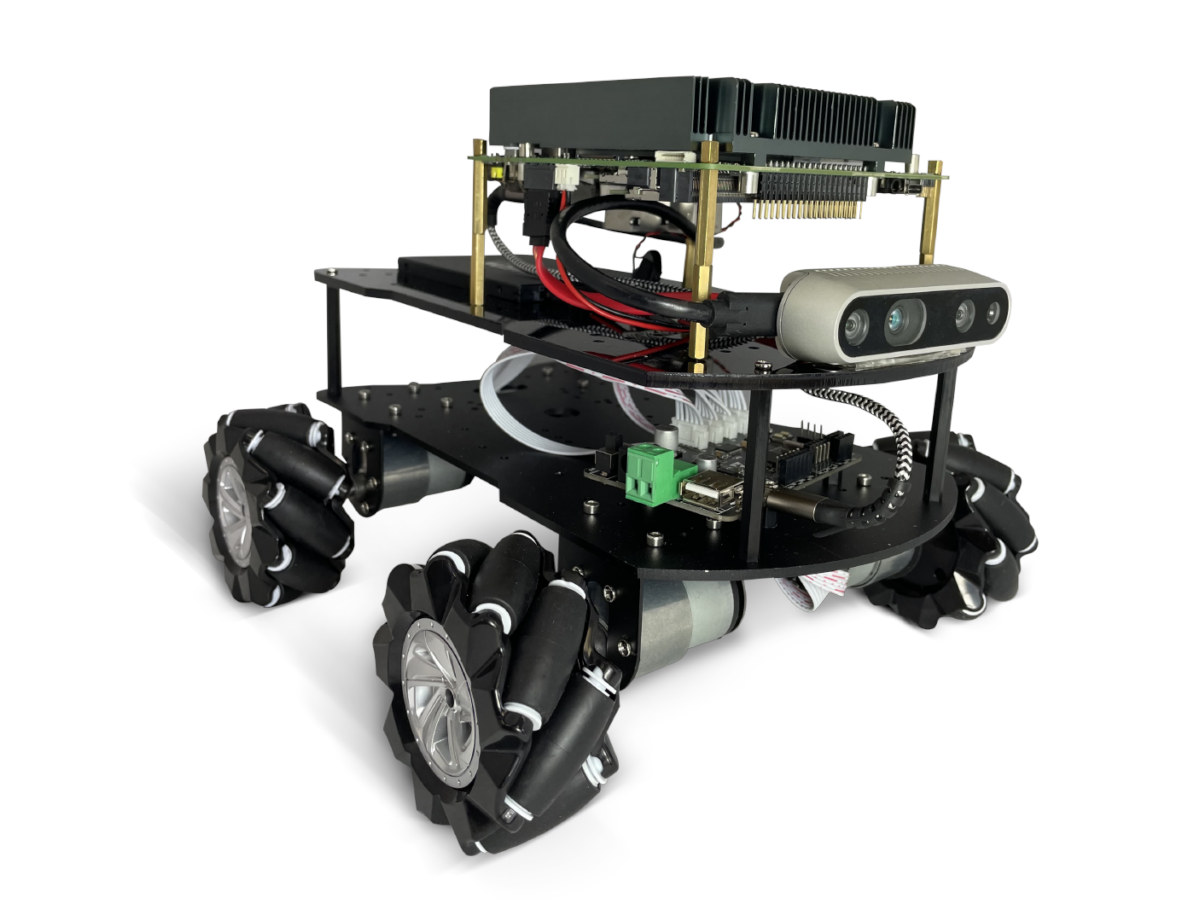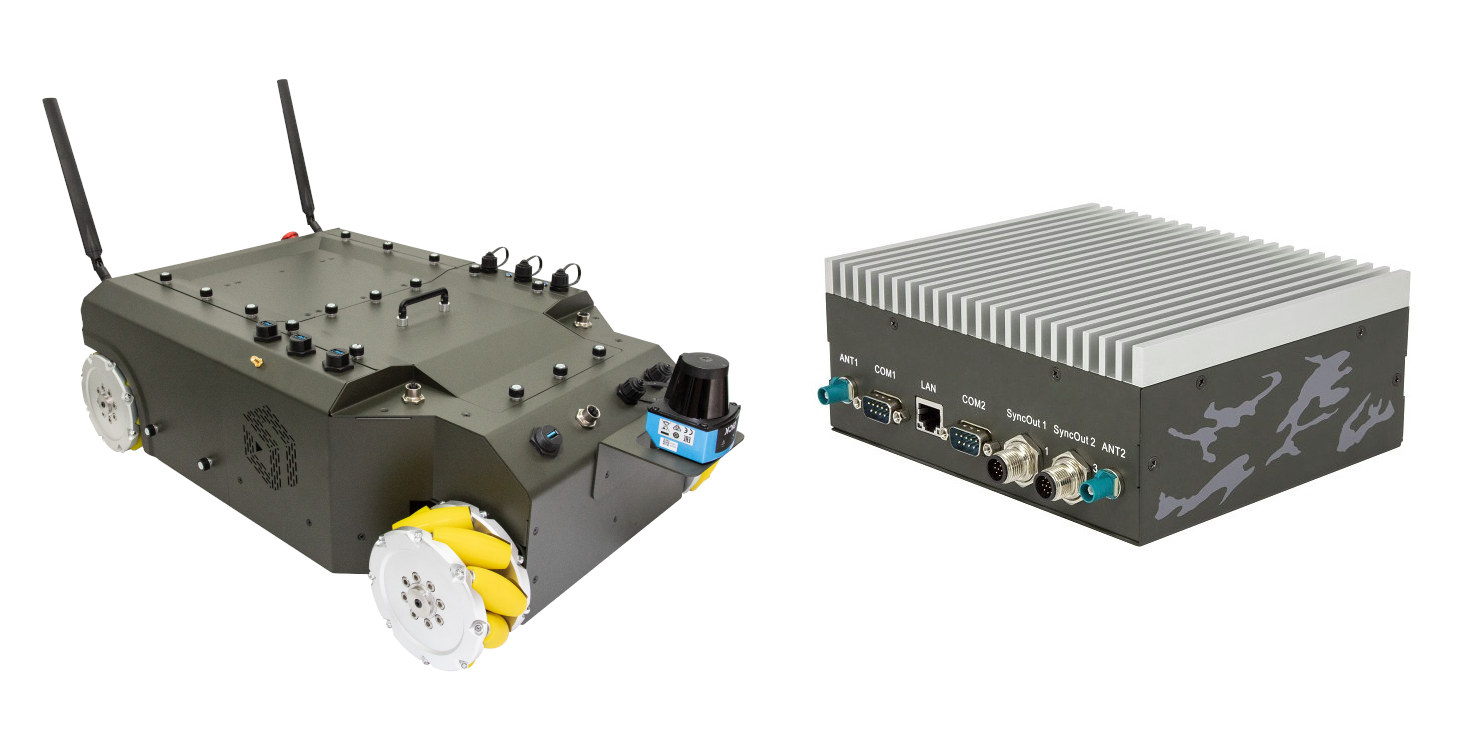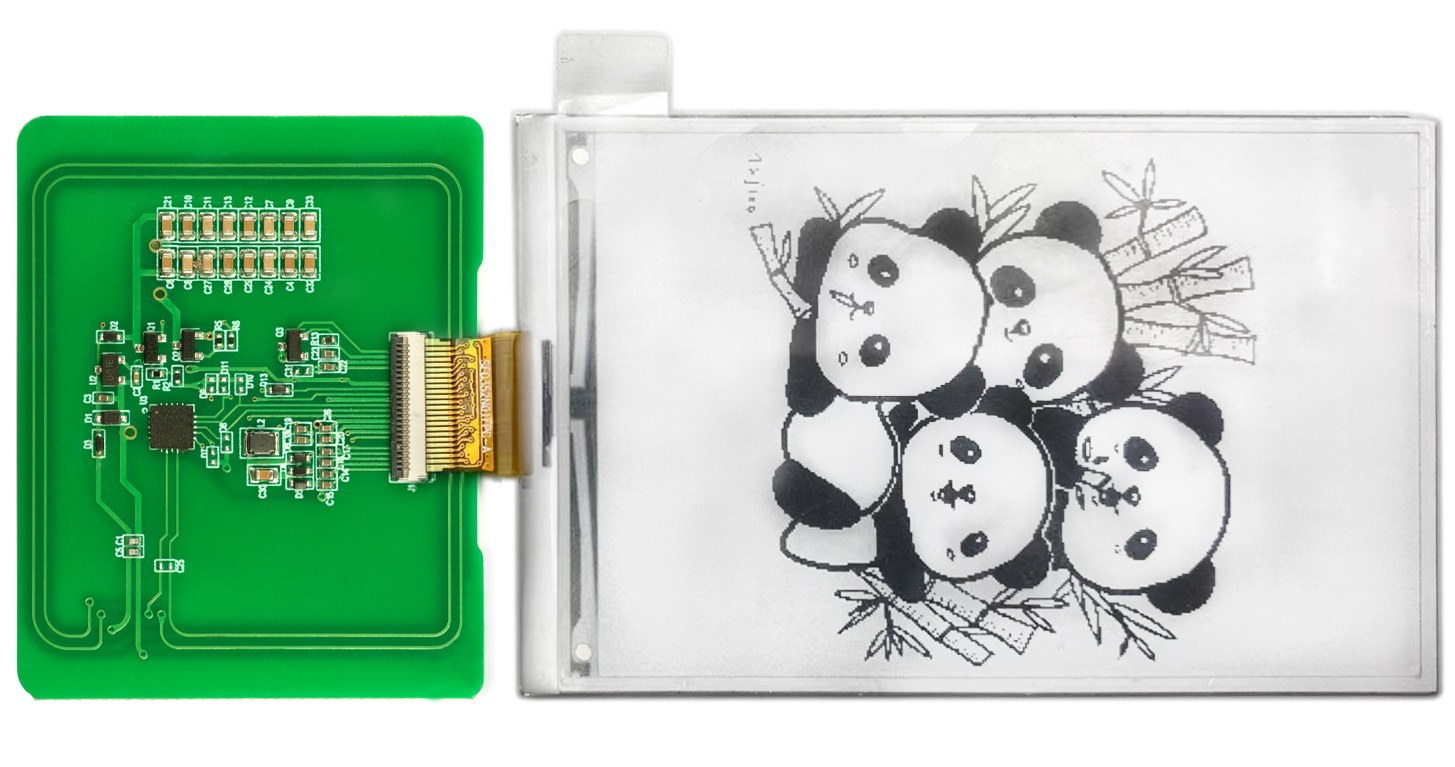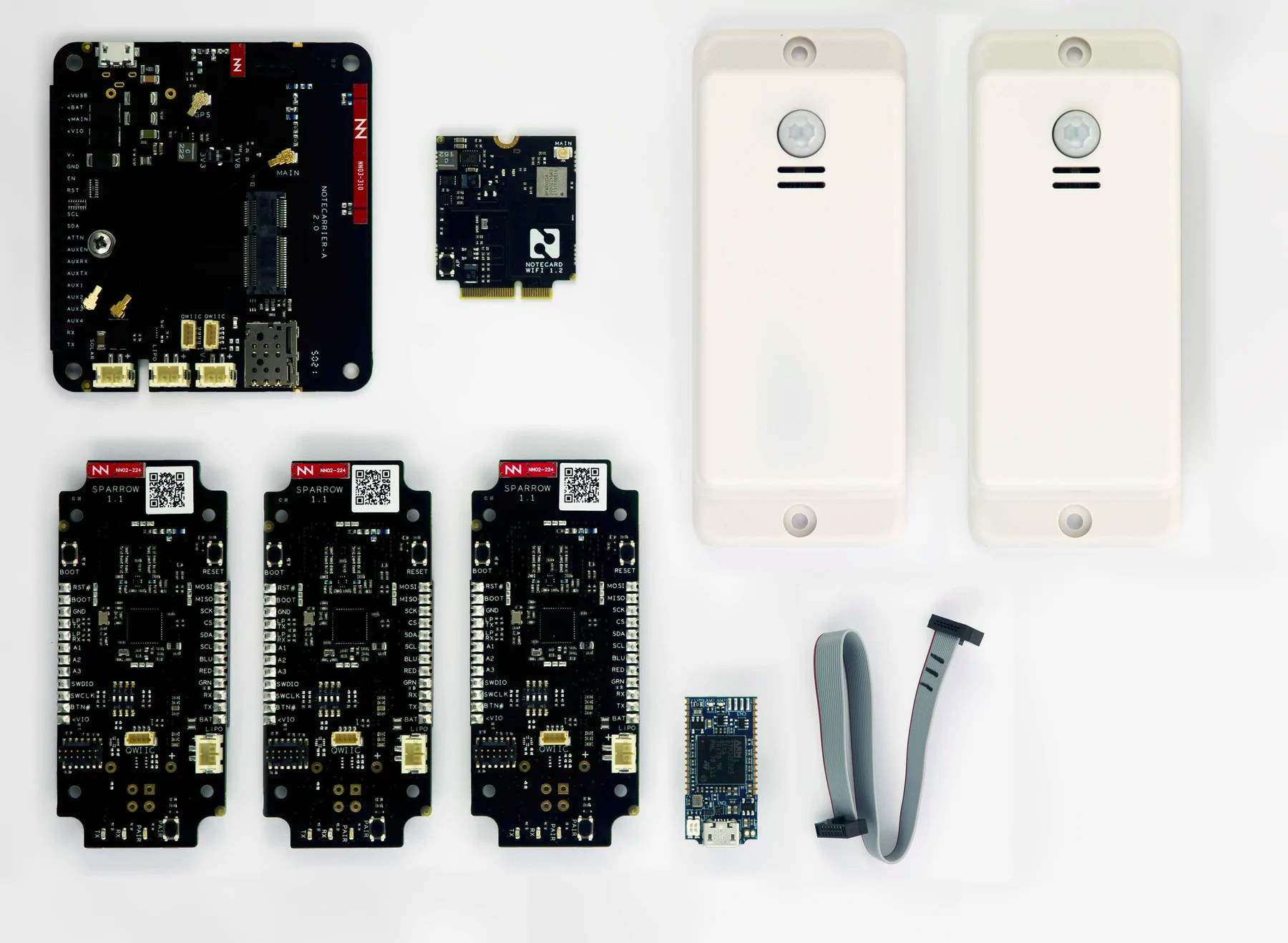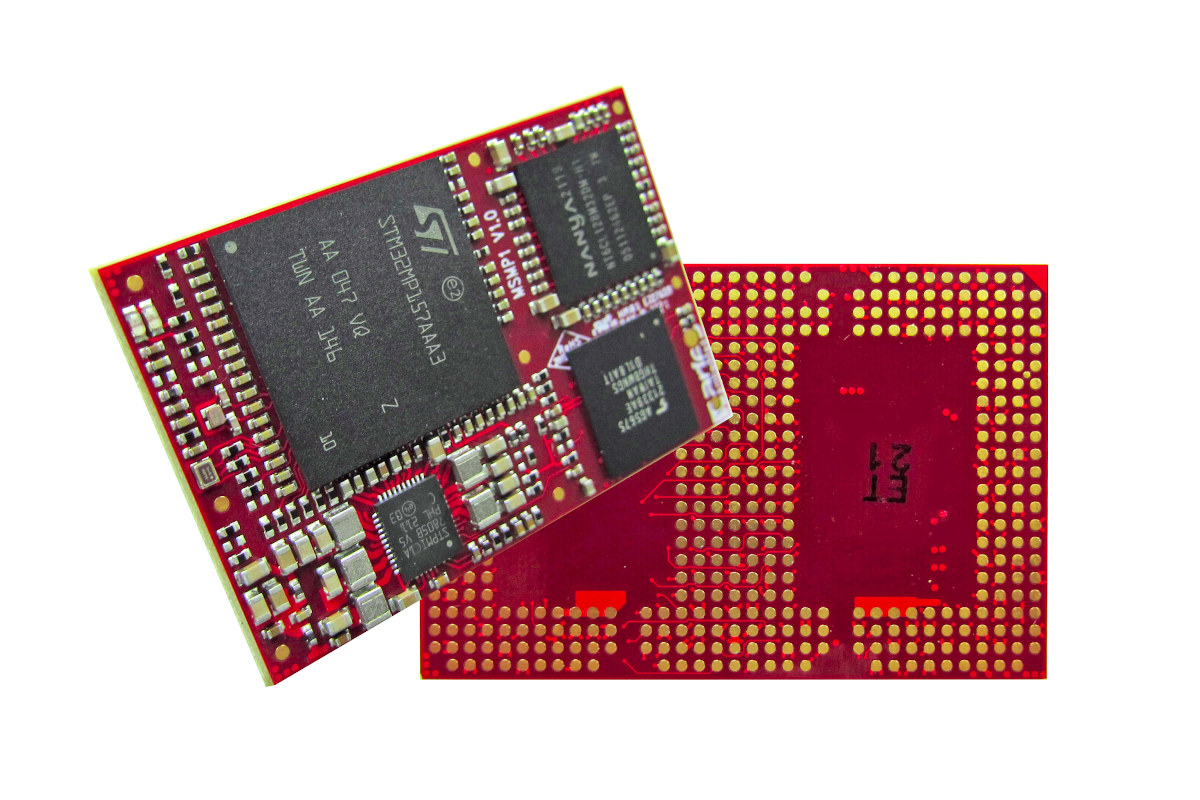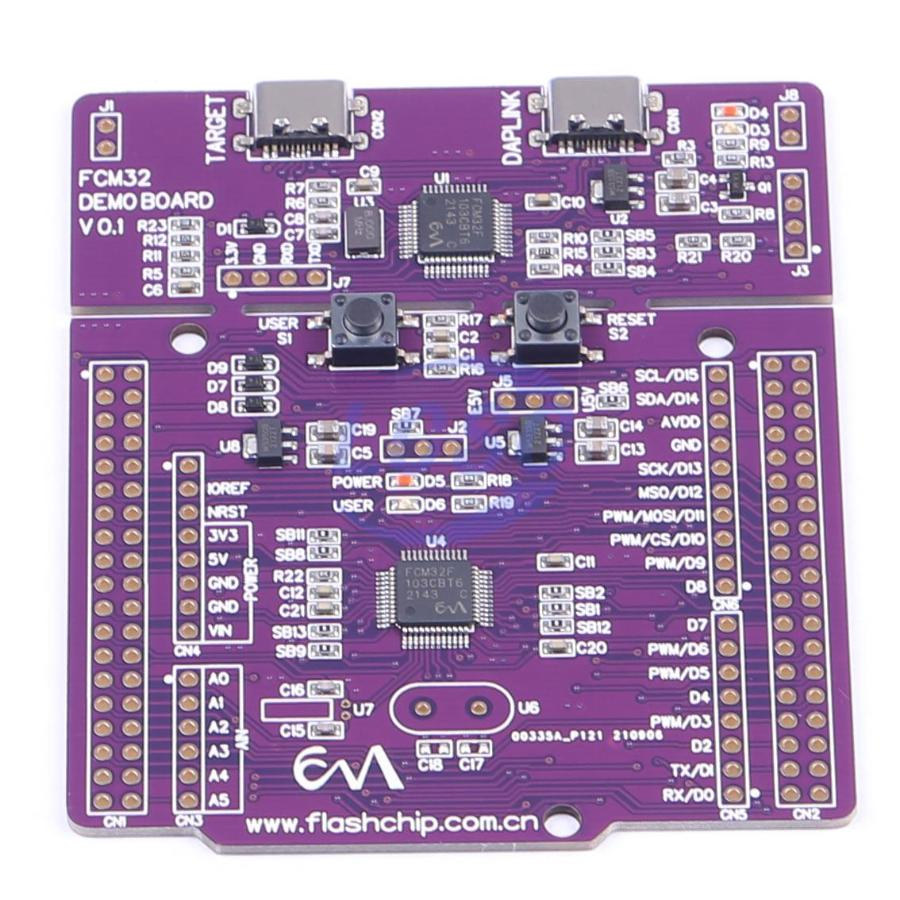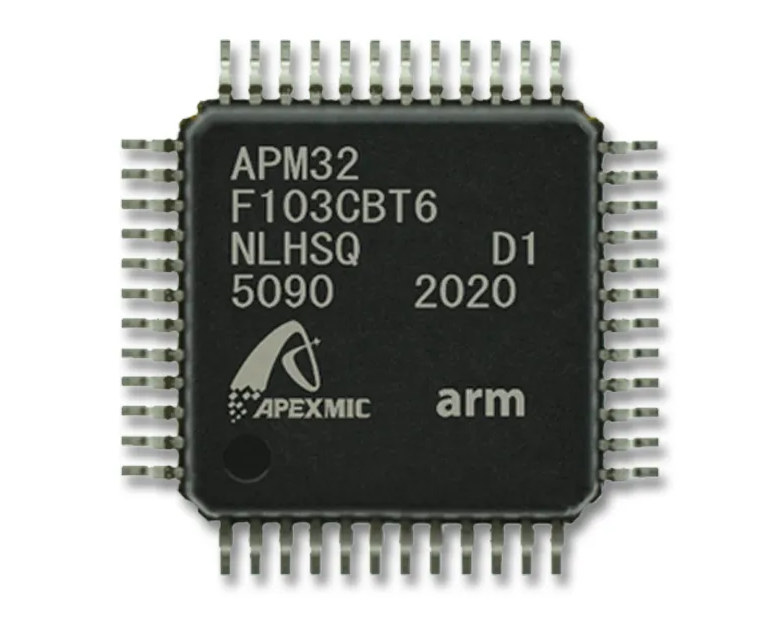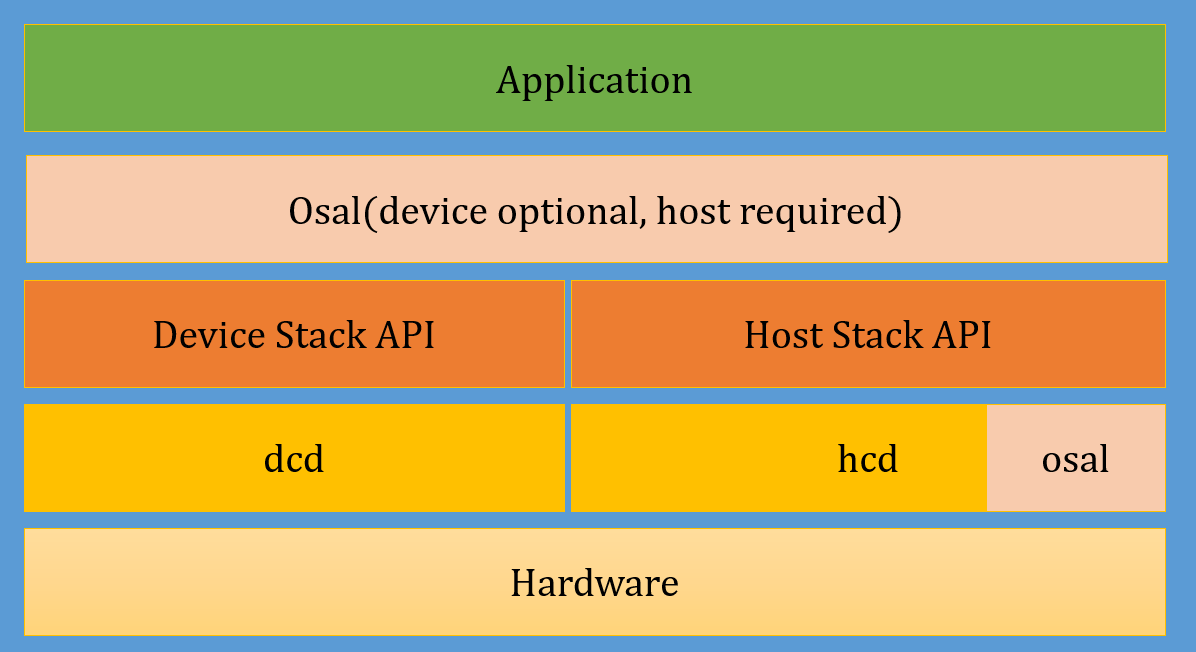AAEON’s UP Bridge the Gap community has partnered with Intel to release two robotic development kits based on either UP Xtreme i11 or UP Squared 6000 single board computers in order to simplify robotics evaluation and development. Both robotic development kits come with a four-wheeled robot prototype that can move omnidirectionally, sense and map its environment, avoid obstacles, and detect people and objects. Since those capabilities are already implemented, users can save time and money working on further customization for specific use cases. Key features and specifications: SBC UP Squared 6000 SBC – Recommended for power efficiency and extended battery power SoC – Intel Atom x6425RE Elkhart Lake processor clocked up to 1.90 GHz with Intel UHD Graphics System Memory – 8GB LPDDR4 Storage – 64GB eMMC flash, SATA port UP Xtreme i11 SBC – Recommended for higher performance SoC Intel Core i7-1185GRE clocked at up to 4.40 GHz and […]
SyncBot educational mobile robot supports NVIDIA Xavier NX or Intel Tiger Lake controller
Syncbotic Syncbot is a four-wheel autonomous mobile robot (AMR) platform for research and education that can be fitted with an NVIDIA Xavier NX or an Intel Apollo Lake/Tiger Lake-based controller running Ubuntu 20.04 operating system with ROS 2 framework, and comes with an motion control MCU board with an EtherCat master and running Zephyr OS. The robot comes with four 400W TECO servo motors, can handle up to 80kg payloads for sensors and a robotic arm, features 12V and 24V power output for sensors, four USB 3.0 ports, and can also be equipped with an eight-camera kit with Intel RealSense and ToF cameras. Syncbot AMR specifications: Robot Controller Platform (one or the other) SyncBotic A100 evaluation ki (Apollo Lake E3940) SyncBotic SBC-T800 series (Intel Tiger Lake UP3) SyncBotic SBC W series (Intel Tiger Lake UP3, waterproof version) SyncBotic NSync-200 series (NVIDIA NX) Dimensions – 200 x 190 mm STM32-based Motion […]
HiPo batteryless NFC-powered 3.52-inch e-Paper display also comes with an SPI interface (Crowdfunding)
HiPo is a 3.52-inch black and white e-Paper Display that can be updated through NFC without the need for external power and offers an alternative to the 4.2-inch and 7.5-inch NFC-powered e-Paper displays from Wareshare that also operate without battery only using the data and power from NFC to update the image. Alternatively, Guangdong SID Technology’s HiPo display can also be connected to an SPI adapter board allowing the users to connect it to an STM32 board provided by the company, but it could also be used with Arduino boards, ESP8266 & ESP32 hardware platforms, Raspberry Pi SBCs and MCU boards, or any platform with an SPI interface. HiPo specifications: Controller – Ultrachip UC8251 all-in-one driver IC with timing controller for E-tag applications Display 3.52-inch B&W e-Paper display with 360 x 240 resolution (model name: SE0352N01-MNG-A0) 3 seconds refresh time On-chip display RAM White reflectance above 30% Contrast ratio above […]
Sparrow is a sensor-to-cloud LoRaWAN solution based on STM32WLE5 microcontroller
Blues Wireless Sparrow is a LoRaWAN solution designed to connect a group of low-cost, low-power device sensors for shared data backhaul to the cloud. It is comprised of STMicro STM32WLE5 LoRa-based sensors whose data is then routed through the company’s Notecard-powered WiFi or cellular gateway and ultimately a cloud app hosted on AWS, Microsoft Azure, or other IoT cloud platforms. The company claims the Notecard and Sparrow solutions ease the development of IoT networks in a way that was previously only available “to sophisticated engineering firms”, and now Blues Wireless supports cellular, WiFi, and LPWAN technologies. Let’s have a look at the “Sparrow Essentials” board specifications first: Wireless SoC – STMicro STM32WLE5+ Arm Cortex-M4F microcontroller @ 48MHz with 256KB Flash, 64KB of SRAM, Semtech SX126x LoRa transceiver I/Os Breadboard compatible 2.54mm headers with digital and analog I/O, I2C, UART, and SPI Qwiic Connector Debugging – JTAG (SWD capable) debug jack […]
OSM Size M SiP Integrates STM32MP1 MPU for industrial & IoT applications
ARIES Embedded MSMP1 OSM-compatible system-in-package (SiP) based on STM32MP1 CortexA7/M4 microcontroller for Industrial and IoT applications follows the company’s MSRZG2UL and MSRZFive OSM-compatible SiPs with Renesas Arm or RISC-V microprocessor introduced a few months ago. But instead of coming in the ultra-compact 30×30 mm OSM Size S form factor, the new MSMP1 complies with the larger 45x30mm OSM Size M form factor with a total of 476 contacts to allow for more I/Os. The SiP also integrates 512 MB to 4 GB DDR3L RAM, and 4 to 64 GB eMMC flash. MSMP1 SIP specifications: SoC – STMicro STM32MP1 single or dual-core Arm Cortex-A7 processor up to 800MHz, with Arm Cortex-M4 real-time core up to 209MHz, Vivante GPU compatible with OpenGL ES 2.0 System Memory – 512MB – 4GB DDR3L RAM Storage – 4GB – 64GB eMMC NAND Flash 476-contact LGA with Networking – Gigabit Ethernet USB – USB 2.0 Host/OTG […]
Flashchip FCM32 is yet another alternative to STM32 microcontroller
Once upon a time, people tried to avoid STM32 fakes and clones, but in a world where companies are allegedly purchasing washing machines to extract a few unavailable components, people have started to look for alternatives, and last week I wrote about the Geehy APM32 family of STM32 clones. But I had never heard about Flashchip Microelectronics FCM32 microcontrollers, and they are not that easy to find in search engines, so they must be relatively new. The company appears to make both FCM32F clones and FCM32H derivatives with no direct equivalent STM32 part numbers, a higher clock frequency, and faster flash. For example, the FCMF030F4P6 will match the specifications of STMF030F4P6 as far as I can tell. The good news is that the datasheet is available in both Chinese and English. The FCM32H030C8T6 appears to be a higher performance version of STM32F030C8T8 / FCM32F030C8T8 with a 100 MHz frequency, and […]
Geehy APM32F103 clone of STM32F103 MCU has been tested to work without PCB or code modifications
Geehy APM32F103 is a clone of STMicro STM32F103 MCU that has been tested by at least one person who claims it was just a drop-in replacement and PCB, code, hex, testing, and production did not have to be changed at all. Most STM32 microcontrollers are in short supply with 52+ weeks lead times and prices going through the roof, so people may be looking into the long list STM32 clones and fakes including APM32F103. They all claim to be pin-to-pin and firmware compatible, but when theory meets reality, things may go wrong. For instance, last year I had a conversation with one person who switched to GD32 microcontroller and had all sorts of issues (translated from French): I ordered samples from the GD32F103RCT6 (LQFP64) “clone”, tested them, and it’s a catastrophe… Out of 6 chips, I only managed to flash one. And that one will not boot either. I’ve dived […]
CherryUSB – A lightweight USB device/host stack for embedded systems
CherryUSB is a lightweight open-source USB device/host stack for embedded systems with one or more USB interfaces. The stack implements various class drivers such as CDC, HID, MSC, audio, video, and so on. It’s apparently part of Boufallo Lab SDK (e.g. for BL702 MCU), and has been ported and tested with WCH CH32V307 RISC-V MCU, STMicro STM32F4, and Nuvoton NUC442 Cortex-M4 microcontroller, as well as a two Arm Cortex-M3 microcontrollers I’ve never heard of: EastSoft ES32F3 and MindMotion MM32L3xx. CherryUSB device stack highlights: Support for USB2.0 full and high speed Endpoint irq callback USB classes support Composite Device Communication Device Class (CDC) Human Interface Device (HID) including “Custom HID” Mass Storage Class (MSC) USB VIDEO Class (UVC1.0,UVC1.5) USB AUDIO Class (UAC1.0, UAC2.0) Device Firmware Upgrade CLASS (DFU) MIDI CLASS (MIDI) Test and Measurement CLASS (TMC) Vendor class Remote NDIS (RNDIS) support Support WINUSB 1.0,WINUSB 2.0 with BOS (Binary Device Object […]


